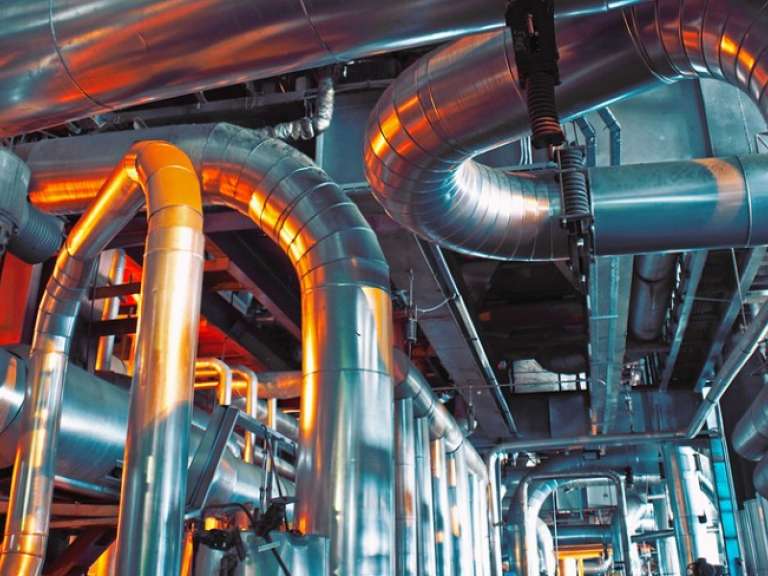Not so long ago, the game of baseball was all about the art of instinct. It is now a data-driven game, where smaller things take on larger significance and lead to winning results. Power generation is not so different. Data is critical. At a time when most generation fleets include aging plants, prudent asset managers should consider a relatively quick power plant technology upgrade. The focus here should be on acquiring better data and improving analytic capabilities that allow operators and fleet managers to make more informed and economically beneficial decisions.
Data-Driven Decisions Can Change the Status Quo
Why focus on data? Think about it like a baseball team. In the old days, talent acquisition and management was primarily about instincts and gut feelings. Those elements still exist in baseball today, of course. However, the game has fundamentally changed, and there is no better example of this transition than general manager Theo Epstein. In just over a decade, wunderkind Epstein transformed two perennially losing teams—the Boston Red Sox and Chicago Cubs—into World Series champions. What is Epstein's secret? Data and analytics.
Epstein started this process with the Red Sox but perfected it with the Cubs, relentlessly trading away expensive talent, and developing younger and less costly players that were backed by statistics. Stars were replaced with players who could make more defensive plays, draw more walks, steal bases, and consistently put runs on the board. This data-driven approach was focused on productivity and potential. The Cubs won their first World Series in more than a century in 2016, and today have one of the youngest and most dangerous lineups in the league.
Revitalize Your Fleet Without Upgrading the Hardware
Of course, power generation fleets are different than baseball teams. However, there is one vital opportunity that successful teams and profitable generation fleets have in common: acquiring and analyzing data to make the best possible decisions. For power plants, this involves figuring out how long and hard to run a plant during high-priced hours, how long to push a plant until a maintenance shutdown, or how stressful stop–start sequences can be, relative to the value of today's ancillary services or frequency reserve.
Here's where the analogies diverge between baseball teams and power-generation plants, though: It's relatively hard to reinvigorate an aging ball player for a significant advantage. By contrast, it's entirely possible to revitalize an aging power plant and quickly increase its economic value. In fact, technology upgrades can be achieved without changing the existing hardware. Instead, upgrades can simply entail an infusion of additional intelligence. Adding a layer of data and analytics at both the OT and IT level can make the plant run smarter.
In some cases—take a 40-year-old E-class plant, for example—a control system upgrade would be prohibitively expensive. However, adding a CPU that runs in parallel to the control system enables plant managers to integrate critical data that can inform decision making and improve profitability. These data include plant-related inputs such as temperatures, vibration, fuel consumption, and output from hundreds (or even thousands) of sensors. Combined with operating history and the appropriate algorithms, this intelligence retrofit enables pattern recognition, improved fault detection, and predictive maintenance. External data such as weather forecasts, fuel costs, and projected power prices can then be combined with the internal information to develop the best operating strategies. This increased visibility and transparency translates into increased profits.
How Upgrades Benefit the Bottom Line
With such a simple power plant technology upgrade, operators, traders, and fleet managers can understand with greater confidence how hard and long to run a plant when prices spike. They'll also gain a better sense of how often the plant can ramp up and down in order to capitalize on valuable opportunities to provide frequency regulation. At the same time, operators can better schedule outages within the context of economic costs and opportunities.
A power plant technology upgrade won't turn your aging E- or F-class plant into a shiny new H-class unit. However, it can add significant value to durable, reliable, and under-performing assets that have the potential to contribute a lot more to the team.
The game of baseball has evolved from relying largely on instinct to focusing on the critical subtleties revealed by data. It's the same with power generation. Two decades ago, most of baseball's general managers regarded data and analytics with a high degree of skepticism. Today, there is scarcely a team in the league without a serious statistics department. Sometime in the near future, we will likely be saying the same thing about power generation fleets. The most successful operators will be the ones that best combine and master data and analytics across the entire portfolio. And the modern generation fleet—comprised of plants both young and old—will be transformed.
